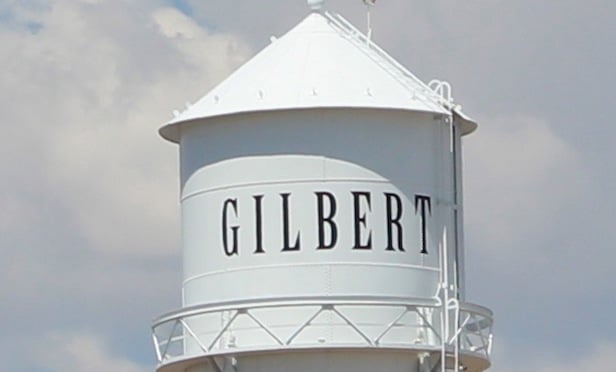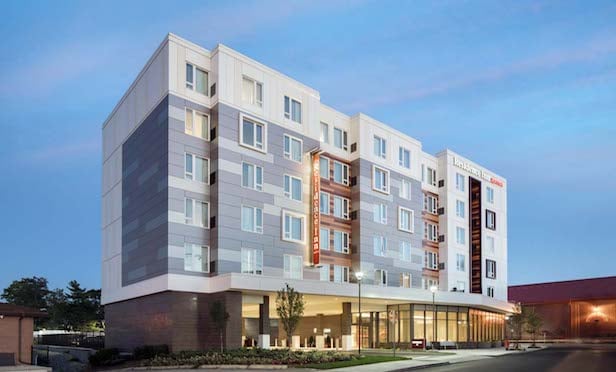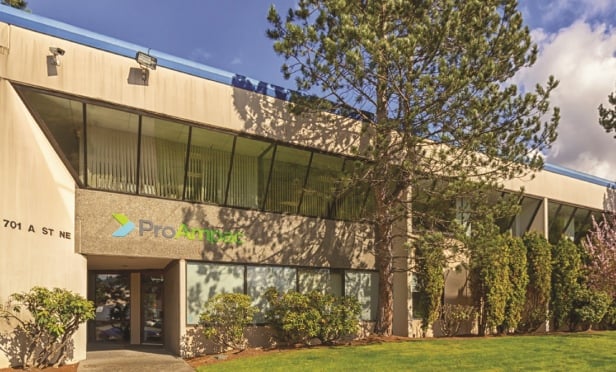CHICAGO—Investors continued to pour money into the net lease market during the second quarter and this kept cap rates in each of the major sectors at or near historic lows, according to a new study by the Boulder Group, a commercial real estate firm in suburban Chicago. But after steadily sinking for several years, the cap rates for these properties do seem to have leveled off.
The average rate in the single tenant net lease retail sector remained unchanged at its historic low of 6.4%. And rates for the office and industrial sectors did move downward, but only slightly. Office rates sank to 7.3% in the second quarter, down just 5 bps since the first, and the average cap rates for industrial properties sank to 7.62%, a decline of 8 bps.
These rates are “not the exact low point but certainly close,” Randy Blankstein, president of Boulder, tells GlobeSt.com. “If interest rates stay the same then we have likely hit the top of the range for cap rates.”
The ten year Treasury yield went from 1.87 at the beginning of the second quarter to 2.43 on July 1, according to US Treasury statistics. But increased demand in the net lease sector kept the cap rates stable, Blankstein adds.
And the low cap rate environment has caused a lot of owners in the sector to add their properties to the market. “Overall supply of net lease assets was up over 21% in the second quarter, with retail assets leading all sectors at 23%,” Boulder found. Still, “even with an increased supply and compressed cap rate levels, bidding for net lease assets has been favorable to sellers. The median asking versus closed cap rate spread for all three sectors (retail, office and industrial) compressed slightly during this quarter.”
But even though average cap rates have remained stable, the intense demand from investors has allowed rates to sink even further for properties occupied by certain popular brand names, especially those that are new construction with long-term leases. Recently constructed Dollar General, PNC Bank and O'Reilly Auto Parts properties, for example, experienced cap rate compression of 12, 30 and 12 bps respectively in the second quarter. Furthermore, many McDonald's ground leases have gone below 4%, and sometimes down to about 3.5%.
“With investors carefully monitoring the capital markets for a potential rise in interest rates, pricing for institutional assets ($10 million and greater) will react first as these investors are more sensitive to interest rate fluctuations,” Boulder concludes. “Sellers will continue to seek aggressive pricing for their assets as the bidding environment remains competitive; however cap rates should remain near current levels in the near term.”
© 2025 ALM Global, LLC, All Rights Reserved. Request academic re-use from www.copyright.com. All other uses, submit a request to [email protected]. For more information visit Asset & Logo Licensing.








